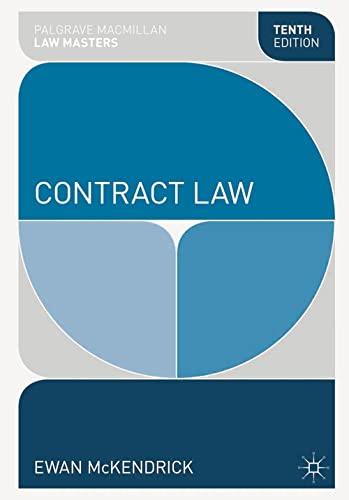Question
1. Describe the relationship between socialization and crime. What are the prominent elements of socialization that contribute to a criminal career? 2. Family relationships are
1. Describe the relationship between socialization and crime. What are the prominent elements of socialization that contribute to a criminal career?
2. Family relationships are a major determinant of behavior. Identify and discuss the various elements of family relations and how these elements influence criminality.
3. Explain the differences between the three branches of social process theory - social learning, social control, and social reaction.
4. Identify and describe the principles of Sutherland's differential association theory.
5. Explain Akers' differential reinforcement theory and discuss how it is associated with, or employs, concepts from Sutherland's differential association.
6. Neutralization theory holds that offenders master techniques that enable them to neutralize conventional values. Identify and discuss these techniques of neutralization.
7. How is one's self-concept associated with conformity and likelihood of engaging in crime?
8. Identify and explain the elements of social bond theory. What are some of the criticisms of social bonds?
9. Symbolic reaction theory (labeling theory) is rooted in symbolic interaction theory. Explain how symbolic interaction and interpretation, the result of labeling, may lead to a criminal career.
10. Discuss Lemert's concept of primary and secondary deviance. Why does secondary deviance transform one's identity whereas primary deviance does not?
Step by Step Solution
There are 3 Steps involved in it
Step: 1

Get Instant Access to Expert-Tailored Solutions
See step-by-step solutions with expert insights and AI powered tools for academic success
Step: 2

Step: 3

Ace Your Homework with AI
Get the answers you need in no time with our AI-driven, step-by-step assistance
Get Started


